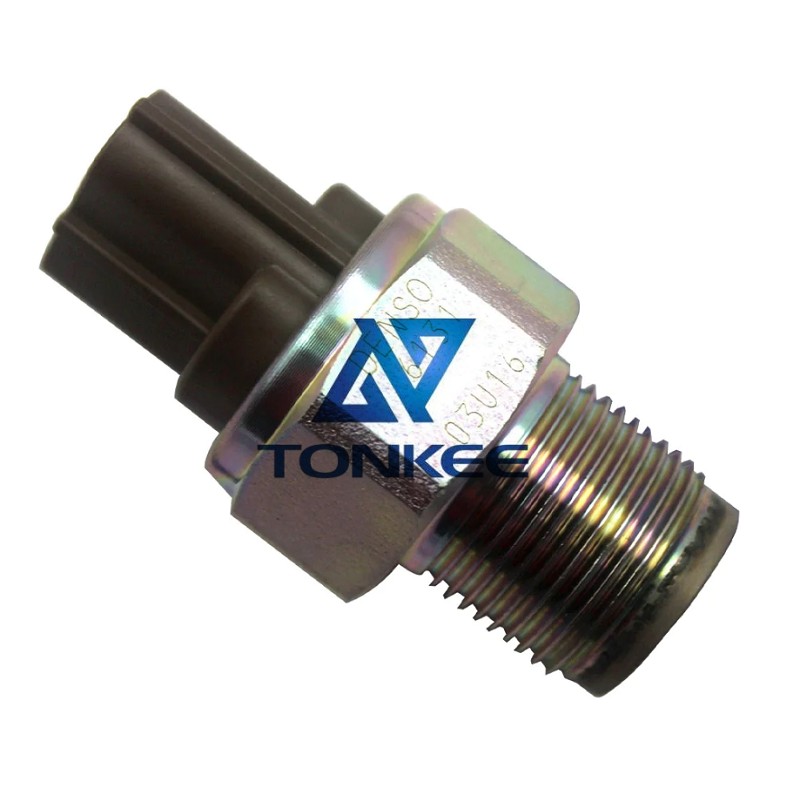
The 8-98119790-0 pressure sensor is engineered with precision to meet the demanding requirements of Hitachi engines.
It is designed to operate within a specific range of pressure, typically calibrated to the specifications of the 4HK1 and 6HK1 engines. The sensor is built to withstand the harsh conditions within an engine compartment, including temperature variations, vibrations, and exposure to various fluids.
The sensor is equipped with advanced technology that enables it to provide accurate and real-time data regarding the pressure conditions within the engine. This information is crucial for the engine control unit (ECU) to make rapid adjustments to optimize performance, fuel efficiency, and emissions.
Functions:
The primary function of the 8-98119790-0 pressure sensor is to monitor the pressure of fluids within the engine, such as oil or fuel. In the case of the 4HK1 and 6HK1 engines, the sensor is likely to be used for monitoring oil pressure. Oil pressure is a critical parameter because it ensures proper lubrication of engine components, preventing friction and excessive wear.
The sensor converts the measured pressure into an electrical signal, which is then transmitted to the ECU.
The ECU processes this data and uses it to make real-time adjustments to the engine's operation. For example, if the oil pressure drops below the recommended level, the ECU may trigger warning indicators, reduce engine speed, or even shut down the engine to prevent damage.
Significance in Hitachi 4HK1 and 6HK1 Engines:
Hitachi 4HK1 and 6HK1 engines are commonly used in various applications, including construction equipment, trucks, and industrial machinery. These engines are known for their reliability, power, and efficiency. The 8-98119790-0 pressure sensor contributes significantly to maintaining and enhancing these qualities.
In these engines, the pressure sensor ensures that the lubrication system operates optimally, preventing premature wear of engine components and ensuring a long operational life. It also aids in optimizing fuel consumption and reducing emissions, contributing to environmental sustainability.





